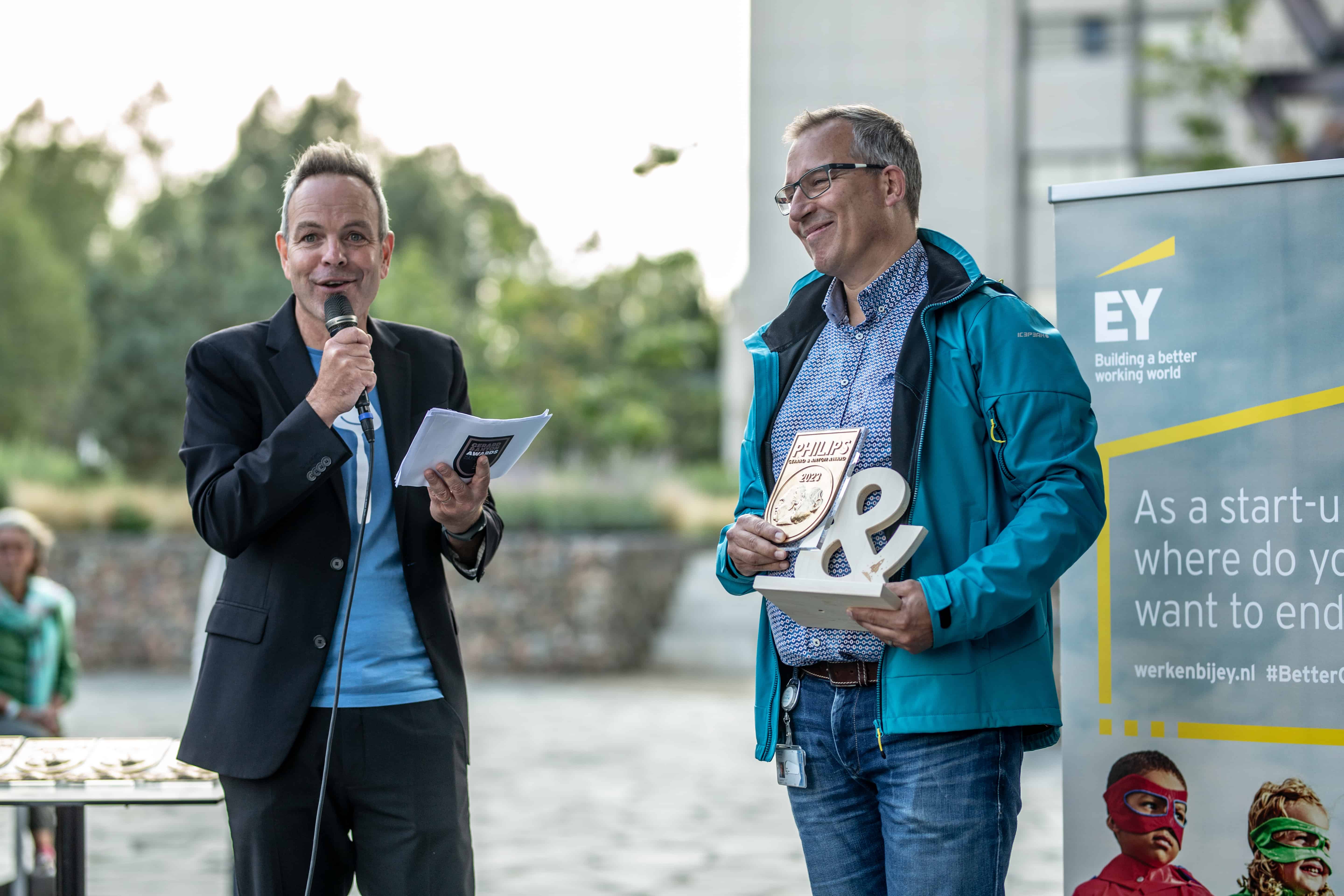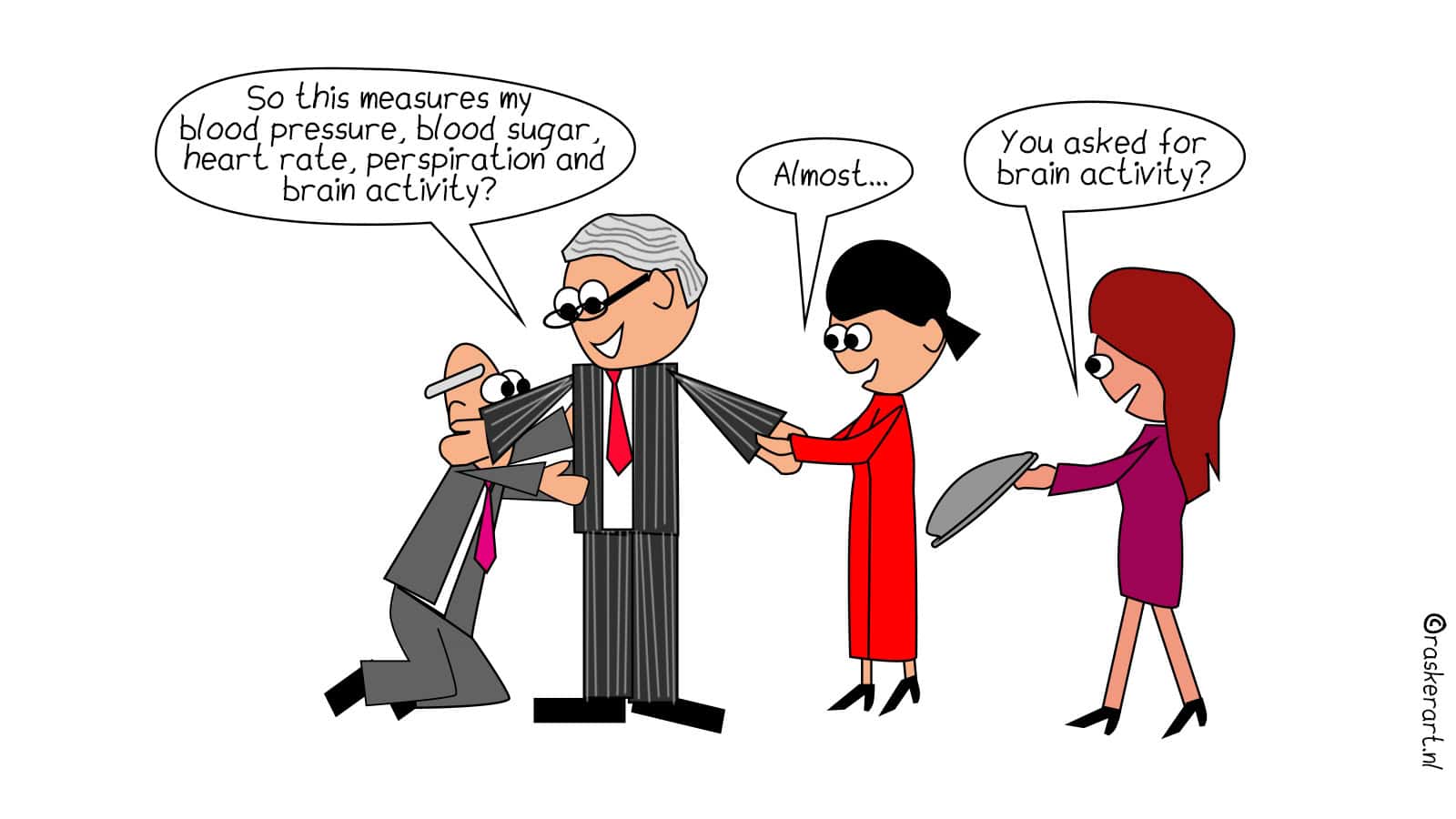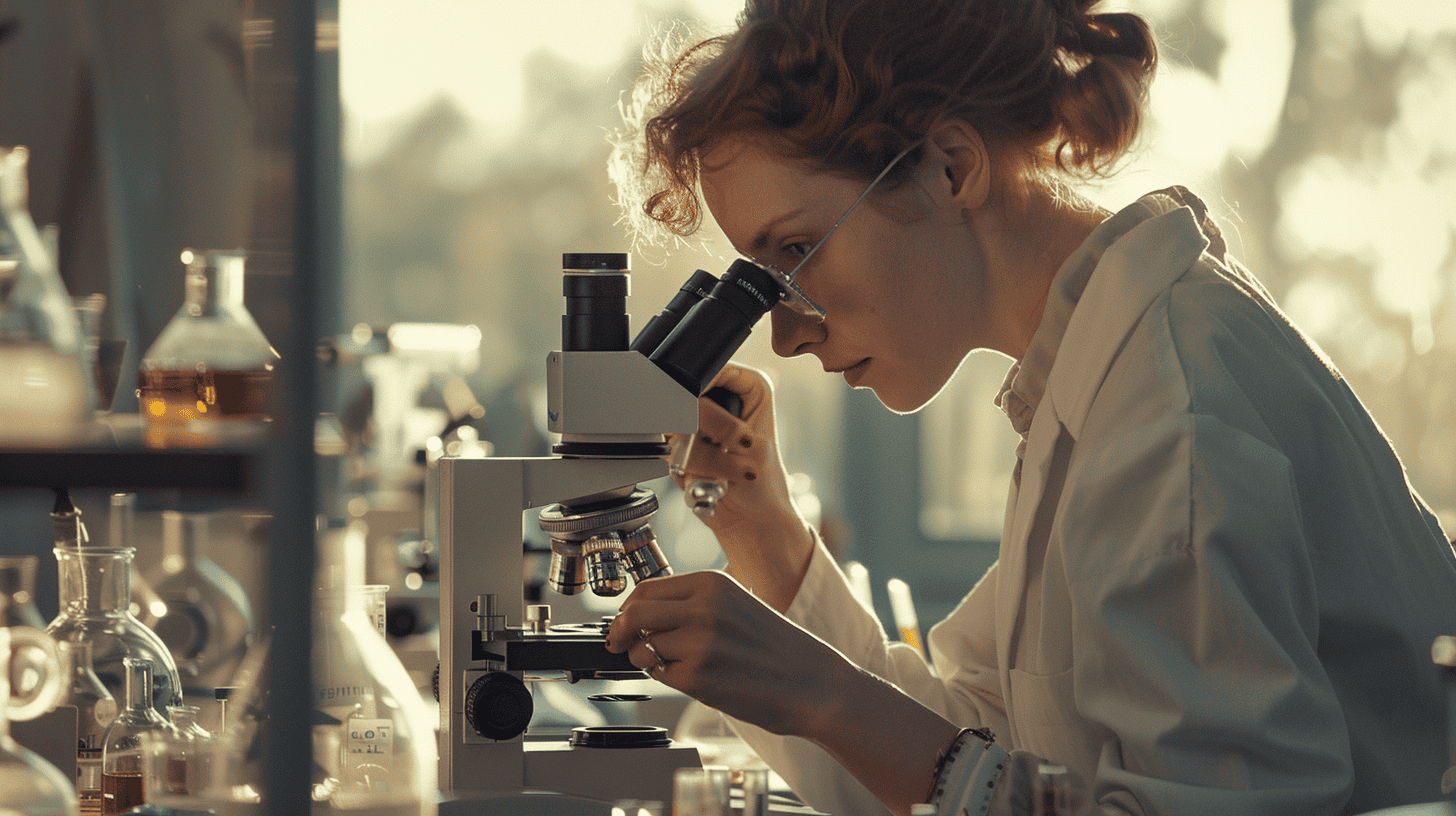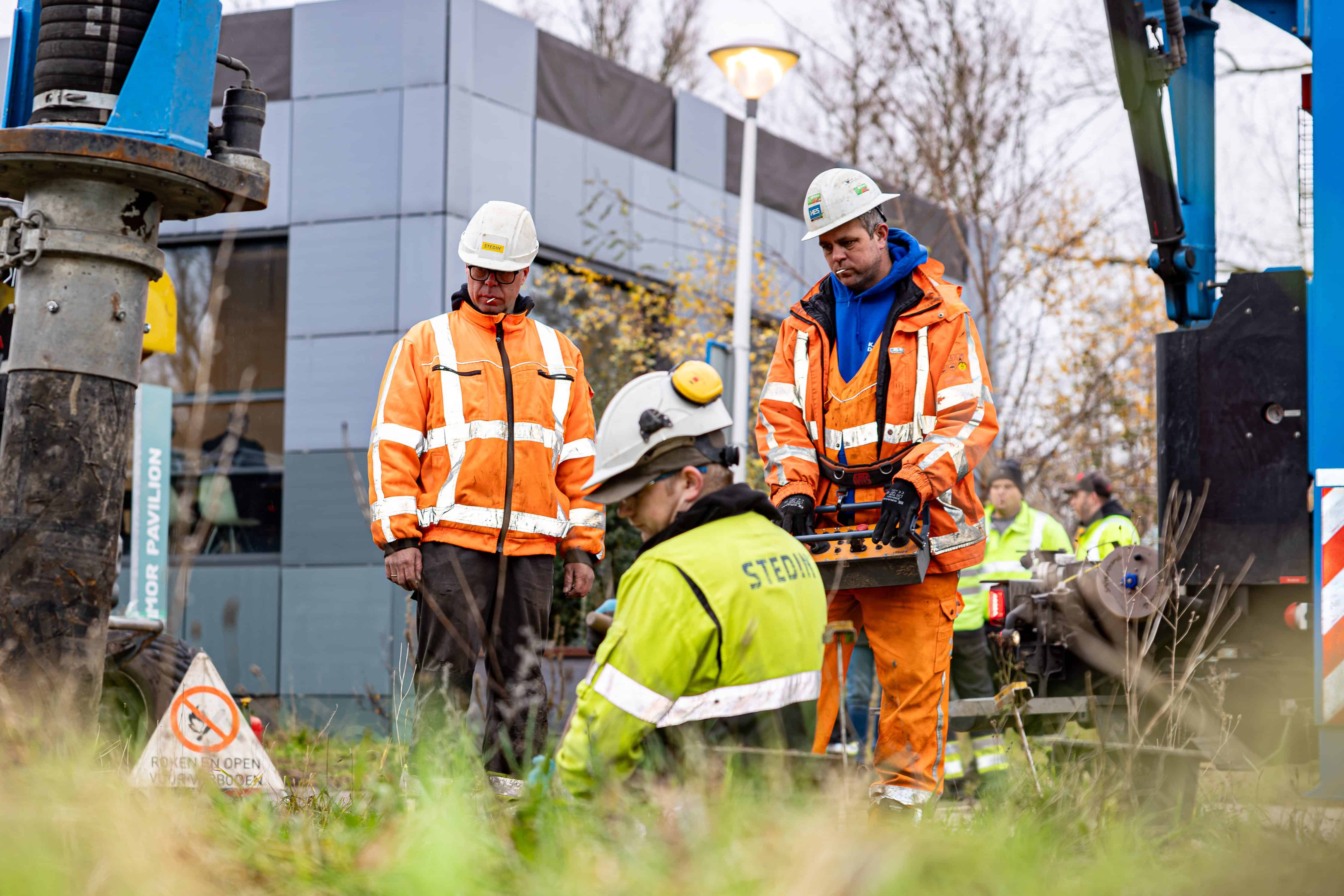
As one of the vitamin shots you can buy at your favorite supermarket, we blend for your monthly a (snap)shot with some of the most exciting news and developments about the green transition. This month’s main ingredients are solar panels along highways, hydrogen projects, and cookies from otherwise thrown-away bananas.
1. Solar panels along Dutch highways are coming
The number of solar panels installed on Dutch rooftops is growing monthly. At the same time, plans for new solar developments along some Dutch highways are gaining traction these weeks. The government signed three declarations of intent to study the feasibility of three projects in the provinces of Noord-Holland, Noord-Brabant, and Limburg.
The three initiatives involve plots of land along the A7 and A8—both starting north of Amsterdam—the A67—stretching from the west border with Belgium to the Limburg province—and the Limburg stretches of the A2, A76, and A79. The parties involved will now work to find the optimal locations for each project and finalize a plan to build solar parks along these highways.
2. Funding for hydrogen initiatives
Earlier this week, the government announced that it would fund seven projects working on renewable hydrogen production. The cabinet is allocating nearly €250 million for this initiative, collectively providing 101 MW of electrolysis capacity. Notably, the RWE Eemshydrogen (Eemshaven) initiative is getting half the total funding, with about €125 million to build a 50 MW hydrogen production plant. Energy company RWE plans to generate hydrogen using the green electricity from its nearby wind farm in Westereems.
Despite being Europe’s second-largest producer, most Dutch hydrogen comes from fossil fuels. GroenvermorgenNL, a National Growth Fund program driving the scale-up of green hydrogen use, awarded a €14 million grant plus €4 million in industry contributions to HyTROS, a project to conduct applied research on the hydrogen value chain.
On a side note, eFuelution announced a partnership to test Kitepower’s innovative wind energy system, based on a high-flying kite, for hydrogen production.

3. The launch of the National Energy Dashboard
The Dutch National Energy Dashboard (NED) has been live since March 21. This tool provides insight into energy generation, showing when the greenest energy is generated and when it’s better to save gas consumption—also reducing CO2 emissions. The data portal is accessible to
anyone and also features virtuous user examples of using this data. NED aims to inspire companies, organizations, and consumers, and in its first month of life attracted nearly 45,000 users.
4. Chocolate cookies from ‘rescued’ bananas
Supermarket retailer Albert Heijn (AH) is introducing a new banana chocolate cookie made from bananas that would have otherwise been thrown away. By doing this, the company aims to save 38,000 kg of waste– equivalent to 200,000 bananas – every year. The new cookie is available for €1,50 in over a thousand shops of the brand.
AH developed the project with The Banana Factory and De Graaf Bakeries. The Banana Factory, a sister company of sustainable banana bread producer SUNT, saves discarded fruits from waste, using them to produce new food.

5. The road to a climate-neutral Netherlands
A recent report by the Dutch Environment Assessment Agency (PBL) envisions thirty different techno-economic pathways to achieve climate neutrality by 2050. To do so, the report also foresees including some ‘controversial’ technologies, such as carbon capture and storage (CCS).
The report sees electricity as the workhorse of the energy transition, with electricity production expected by a factor of three to five, with over half of it coming directly or indirectly from renewable energy sources. Therefore, switching to electricity is advised wherever possible. Besides, the report highlights how an integrated view of energy and raw materials is needed on the way to climate neutrality. The calculated trajectories assume a linear decrease in emissions between the legal target of a 55% reduction in 2030 and climate neutrality in 2050.
Do you think we missed something? Contact us at [email protected], and let’s keep the conversation going!








